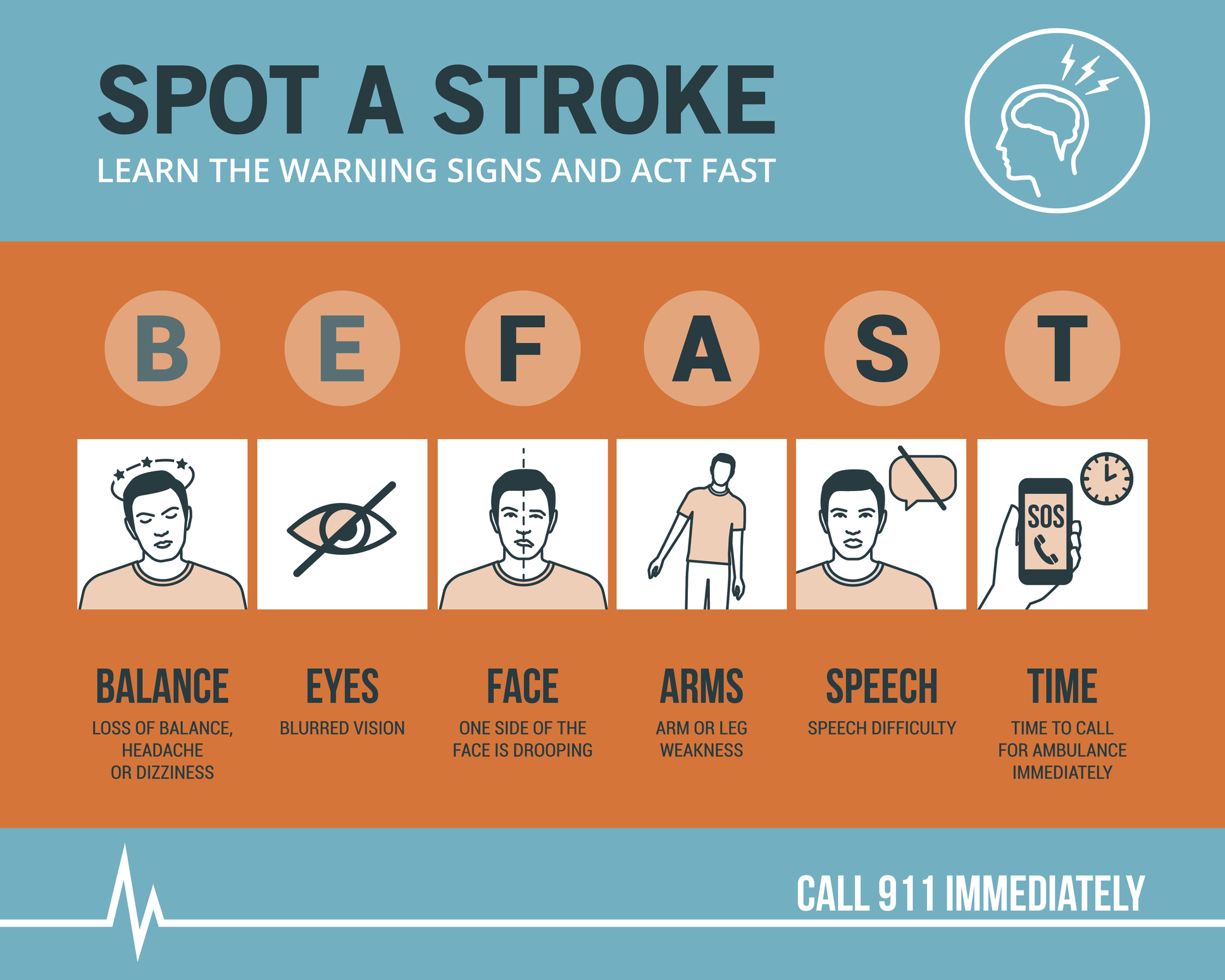In Canada, stroke is the leading cause of adult disability and the third leading cause of death. Every year there are more than 50,000 new strokes and currently, there are about 300,000 Canadians living with the effects of stroke. A new stroke treatment now being used in 25 to 30 hospitals across Canada has increased the positive outcomes for stroke patients from 20 percent to 55 percent – a “massive treatment effect”.
According to a recent CBC Radio report, after receiving an endovascular thrombectomy (EVT), many stroke patients are able to return home within days of treatment with significantly less risk of long-term disability. The procedure involves passing a small device through one of the arteries in the groin and using suction or stents, pulling the blood clot out manually rather than using clot-busting drugs.
EVT procedures are a fairly new treatment option for ischemic stroke, following the success of a 2015 landmark study out of the University of Calgary. Recovery time is reduced, and the impairment of stroke victims is significantly diminished if the treatment is successful. The key, as with any stroke treatment, is speed. After an imaging assessment to confirm a blood clot and its location, a medical team will determine if EVT is a viable option. Patients undergoing the procedure must remain still, and in some cases, may require sedation to keep from moving around too much.
EVT treatment is performed at large hospitals in major cities, and it is not likely to be used in small rural hospitals in the near future. Developing expertise using the technique requires frequent use of the procedure; small hospitals that only treat a few strokes a year with EVT would be more likely to have complications than large hospitals that see a high volume of stroke patients.
Time is critical in receiving life-saving and disability-preventing stroke treatment – learn the warning signs and symptoms of stroke by following this link to the American Stroke Association website.






Add Your Voice
0 Comments
Join the Discussion